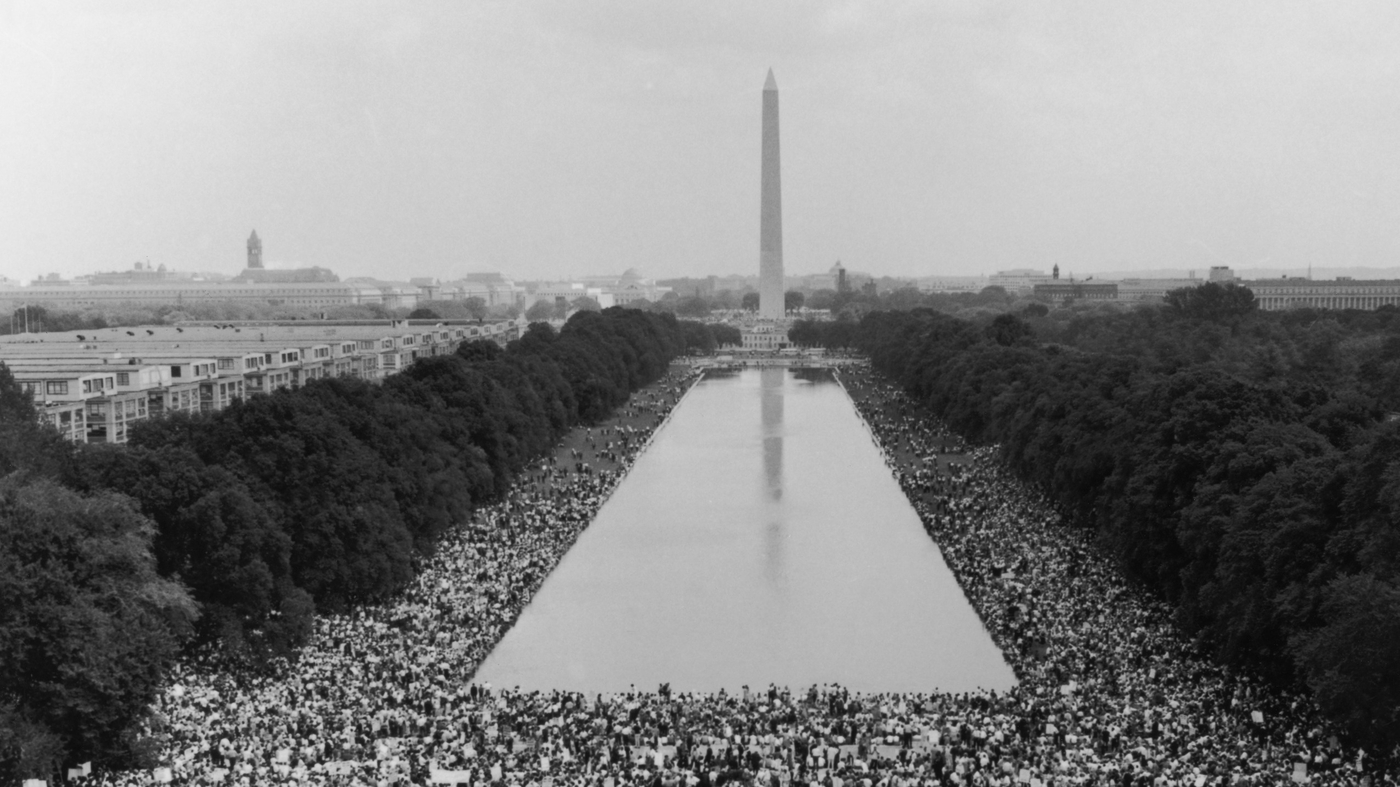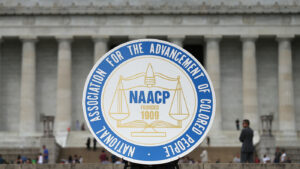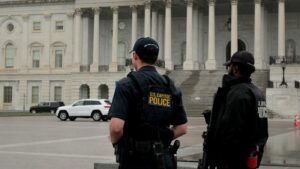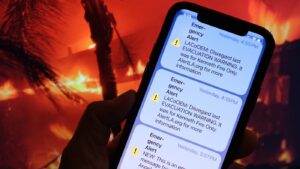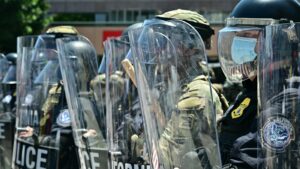The Legacy of the March on Washington: Evaluating the Power of Protests
Decades after Martin Luther King Jr. delivered his iconic “I Have a Dream” speech at the March on Washington for Jobs and Freedom, the effectiveness of protests remains a topic of significant interest. This historical event, which took place on the steps of the Lincoln Memorial in August 1963, stands as a testament to the potential of peaceful demonstrations to effect change.

A view from the Lincoln Memorial toward the Washington Monument at the end of the March on Washington for Jobs and Freedom, where Martin Luther King Jr gave his “I Have a Dream” speech in August 1963. Fotosearch/Getty Images
The American Civil Rights movement, particularly the March on Washington, is often cited as a successful model of protest. The speech by Martin Luther King Jr. not only encapsulated the aspirations of the movement but also propelled it toward tangible legislative achievements.
In the months following the March, President Lyndon Johnson signed the Civil Rights Act, and a year later, the Voting Rights Act of 1965 was enacted. These landmark legislations marked significant victories in the battle for civil rights.
However, the struggle for equality is ongoing. The methods and objectives of protest movements have evolved, but the question remains: Do protests achieve their intended outcomes?
For an ad-free experience of Consider This, you can subscribe to Consider This+ on Apple Podcasts or at plus.npr.org.
Contact us at considerthis@npr.org.
This episode was produced by Megan Lim, edited by Courtney Dorning, with Sami Yenigun as the executive producer.

